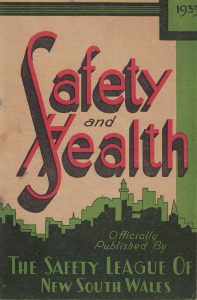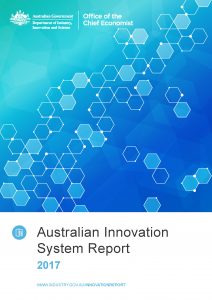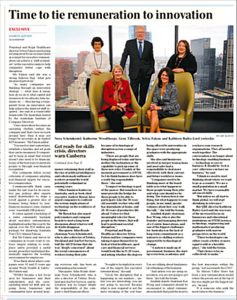Book publisher Routledge has recently released books about occupational health and safety (OHS) that are very critical of OHS’ role, or that of the health and safety professional, in modern business. Below I dip into the
- The Fearless World of Professional Safety in the 21st Century
- The 10 Step MBA for Safety and Health Practitioners, and
- Naked Safety – Exploring The Dynamics of Safety in a Fast-Changing World.

 The
The 
 Australia’s Office of the Chief Economist released a report on December 6 2017 whose relevance to occupational health and safety (OHS) is not immediately apparent but contributes to understanding the context of OHS in modern business processes.
Australia’s Office of the Chief Economist released a report on December 6 2017 whose relevance to occupational health and safety (OHS) is not immediately apparent but contributes to understanding the context of OHS in modern business processes.  It’s Jacaranda season in New South Wales which increases the pleasure of visiting the State for a safety-related conference. It has been over a decade since SafetyAtWorkBlog attended a
It’s Jacaranda season in New South Wales which increases the pleasure of visiting the State for a safety-related conference. It has been over a decade since SafetyAtWorkBlog attended a 
